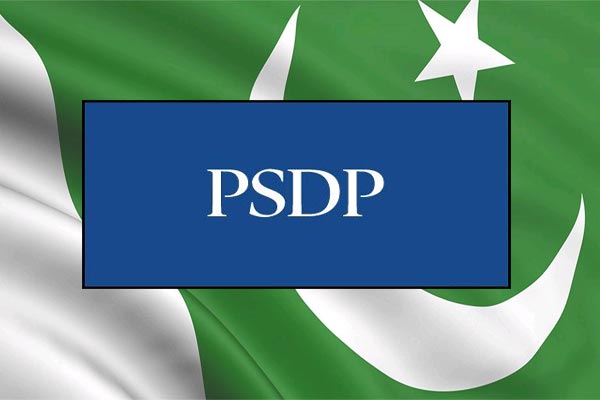The National Economic Council will approve the economic performance of the ongoing fiscal year and proposed macro-economic framework with the Public Sector Development Program (PSDP) worth Rs800 billion to achieve an ambitious growth target of 5% for the next fiscal year.
Sources said that the planning commission has prepared a proposal to be submitted to the NEC scheduled to be held here on Tuesday. The meeting of NEC would be chaired by the Prime Minister and attended by Chief Ministers of provinces including AJK and GB.
As per the details, the NEC would be informed that the fiscal year 2021-22 started with positive prospects as the growth supportive policies induced aggregate demand pressures hence, the tenuous spillover between growth acceleration and the external sector vulnerabilities resurfaced. The structural characteristics of balance of payments constrained growth along with a global surge in commodity prices manifested in the highest ever import surge. These developments led to fiscal and monetary policy responses aimed at rebalancing growth in aggregate demand with the external sector sustainability. While the combination of macroeconomic indicators is reflecting a spurt in economic activity, yet the external sector balancing in an escalating globally inflationary environment remains a massive challenge for the economy.
Last year’s rally in international prices of commodities has now turned into a commodity super-cycle which is likely to prevail over an extended period of time. Besides, the Russia-Ukraine conflict has worldwide spillovers through commodity markets, trade and financial intermediaries. This conflict is retarding economic growth and adding to inflationary pressures. Elevated inflation has already complicated the trade-offs for central banks between containing price pressures and safeguarding growth. Interest rates are expected to rise as central banks tighten policy, exerting pressure on emerging markets and developing economies. Moreover, developing countries like Pakistan have limited fiscal policy space to cushion the impact of the war on their economies.
The meeting would further be informed that in its latest Economic Outlook April 2022, IMF has projected global growth to slow down from 6.1% in 2021 to 3.6% in 2022 and 2023. This is a downward revision of its earlier projection of January 2022 by 0.8%age points for 2022 and 0.2%age points for 2023. Emerging markets and developing economies are likely to face more intense spillover than advanced economies because of their limited capacity for policy support. IMF expects inflation to remain elevated for longer than expected, driven by war-induced commodity price increases and broadening price pressures. The IMF has adjusted their projections for inflation to 5.7 percent in advanced economies and 8.7 percent in emerging market and developing economies 1.8 and 2.8 percentage points higher than projected in January. So, Pakistan’s higher inflation is to persist for some time.
As per details about economic performance during 2021-22, the economy was expected to consolidate on the growth momentum generated in FY 2021 hence GDP of 4.8 percent was envisaged for FY 2022 with respective contributions from agriculture (3.5 percent), industry (6.5 percent) and services (4.7 percent). This growth target was based upon the assumption that positive response to the fiscal and monetary stimulus packages will continue to provide impetus to the growth momentum including favorable weather conditions, vaccination drive to reach maximum population and easing of COVID-19 related restrictions before the end of first half, managing current account deficit, consistent economic policies etc.
The growth supportive policies induced aggregate demand and demand pressures remained strong as reflected through sale of durables, higher imports of consumables and credit uptick for the private sector. Credit to the private sector reached its highest ever level. Google mobility index shows 59% increase in mobility across Pakistan over the baseline (pre-Covid). In this backdrop, the economy surpassed the envisaged target of 4.8% (the target is on an old base so might not be truly comparable) with a wide margin and registered strong growth of 5.97%. This growth was contributed by the Agriculture sector (4.4%), Industry (7.2%) and Services Sector (6.2%) and all three sectors also surpassed their respective sectoral targets. However, there remained a question mark on the quality of economic growth as it is primarily driven by excessive demand driven consumption.
The aggregate demand pressures remained strong as reflected through sale of durables, higher imports of consumables and credit uptick for the private sector. Credit to the private sector reached its highest ever level. This increase in demand was mainly due to good financing terms offered by banks and rising incomes during the period.
























